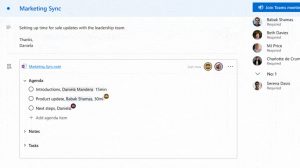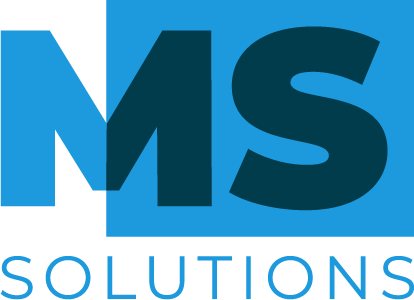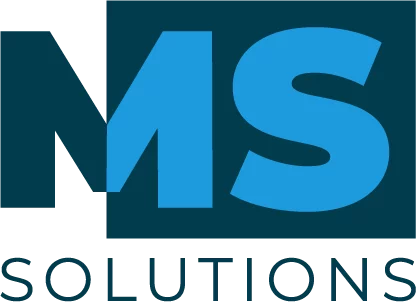Microsoft wants to focus on developing productivity-enhancing tools, so that they are more in tune with today’s world – a hybrid world where everyone works from where they want, when they want, and from any device. To do this, the firm has developed Fluid components: powerful collaborative modules that can be integrated into all Microsoft 365 applications. These will begin to be deployed this summer.
What Are Microsoft Fluid Components?
Fluid components are collaborative modules that are found in all Microsoft 365 applications. They can be edited in real time by different users and through the various Microsoft tools – Teams, Outlook, OneNote or Office. The project being open source, it is possible to see the Fluid modules arrive in other applications that you use on a daily basis!
How Will Fluid Components Be Integrated Into Microsoft 365?
As a first step, Microsoft will deploy Fluid components within Microsoft Teams during the summer. They will be available both in chat, where it will be possible to create lists or collaborative boards, and in meetings. In addition, it will be possible to associate the OneNote, Outlook and Whiteboard applications.
As soon as an invitation to a meeting is sent to participants, they can easily collaborate on the meeting agenda by adding the points they wish to discuss. This agenda will be accessible directly within the Microsoft Teams meeting, during which it will also be possible to take collaborative notes. These will be automatically synchronized to Outlook and Microsoft OneNote. This will keep track of the discussion, and it will be possible to continue collaborating on it after the meeting is over. Finally, it will be possible to assign tasks to each participant. These will be automatically added to the various Microsoft 365 tools.

Microsoft And The Hybrid Working World
The advantage of Fluid components is that they can be completed in synchronous and asynchronous ways. It will make team collaboration easier, in a world where everyone can work from anywhere, anytime, and on any device.
This new hybrid way of working is Microsoft’s new development axis. The Redmond company wants to transform all of its Microsoft 365 tools in the near future to make them more collaborative and integrated, which will improve the productivity of organizations using Microsoft 365. As such, Fluid components should see their development accelerate, in order to be integrated into the full Office suite swiftly, and offer more possibilities.
In Short
Microsoft continues its quest to improve the productivity and collaboration of teams within the same organization. With continued development, Fluid components will change the way collaboration happens in an increasingly virtual world. If you want to know more, or if you want to deploy Microsoft 365 tools within your company, do not hesitate to contact us.





